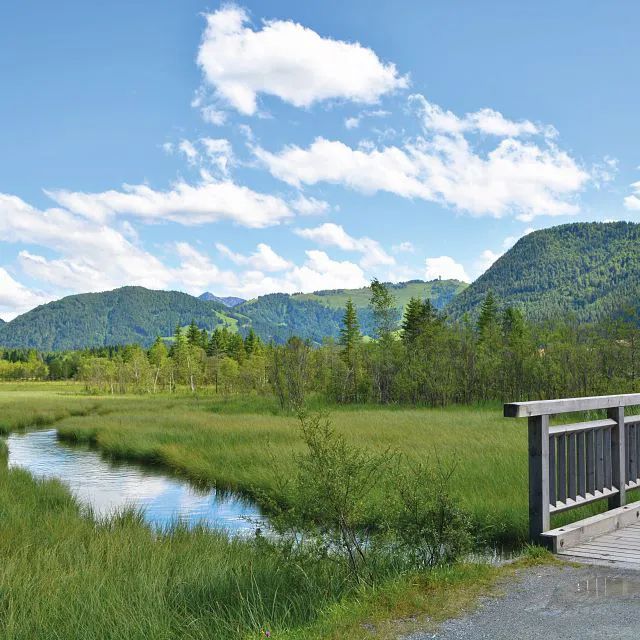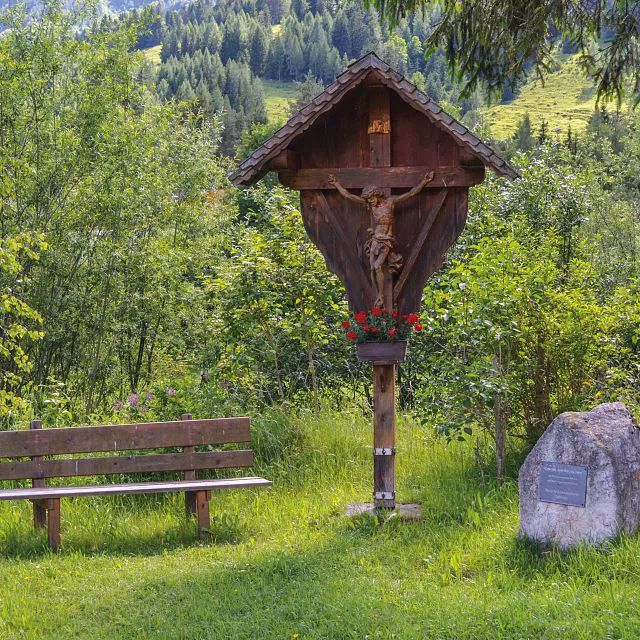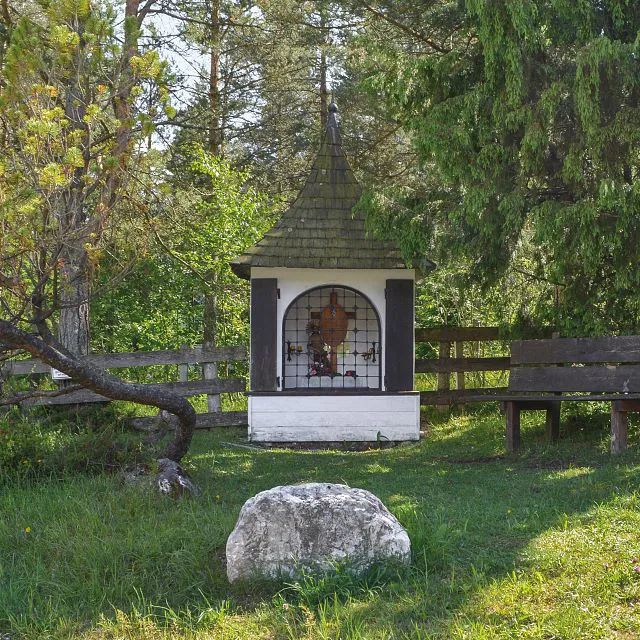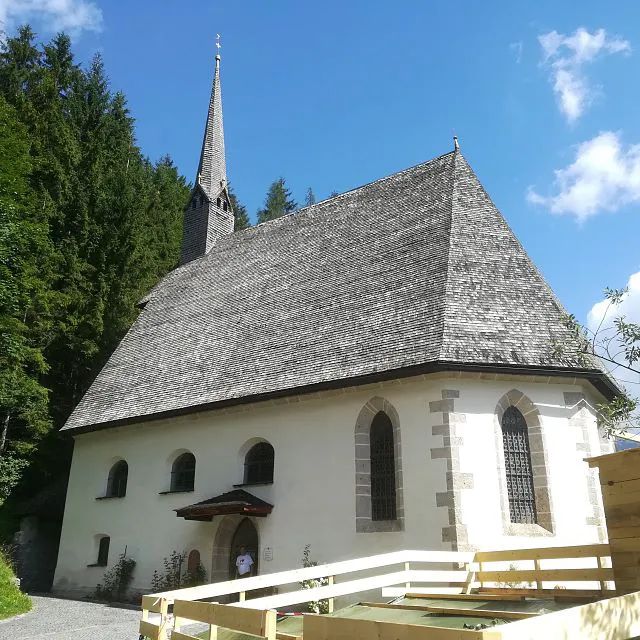Cafe 'Platzerl'


Surrounded by the rugged peaks of the Loferer Steinberge and the softer slopes of the Kalkstein and the Buchensteinwand, St. Ulrich am Pillersee is located on a broad valley floor and offers the most varied mountain experiences between the poles of harmony and adventure. The Tyrolean “scattered village” is composed of several branched settlements, which have formed on either side of the Pillerseetalstraße. The patron saint of St. Ulrich am Pillersee - or Nuarach, as the locals call it - is Saint Ulrich of Augsburg. The area in the Pillersee was owned by the Count Palatine of Rott am Inn in Bavaria until the 15th Century. Afterwards, the area came to Tyrol by the Pillersee Landrecht. The name Pillersee comes from the old German word “puin” or “pillen”, which was used for a loud, rather terrifying sound. This “puin” was often heard in the olden days during the winter timber hauling across the frozen Pillersee lake. “Today he “puit” again”, cried the woodcutters, when the heavily strained ice broke under the weight of the heavy horse and carts, and subsided on the water surface below. This “breaking” of the ice was, however, seen as a positive thing, as it then lay on the water and the load-bearing capacity was improved by this. The dialect name Nuarach also relates back to the patron saint of the village. In the past, people in the mountain regions used to say “Ui” to Ulrich, which developed into “Uirach”, roughly meaning the property of Ulrich, and subsequently became "Nuarach”. In addition to the countless tourist businesses, there are many - mainly with a small-scale structure - economic enterprises in St. Ulrich and the whole village is of course strongly influenced by agriculture. Hospitality is a top priority and is lived by all.







checkTown: St. Ulrich am Pillersee
checkStarting Point: Village centre
checkCar Parks: Village centre (paid parking)
checkDifficulty level: easy
checkWalking time: approx. 2 hours
checkChild- and family-friendly: Yes
checkAccessible with pushchairs: Yes

➀ Ulrichsbrunnen

➁ Grieselbach

➂ Pillersee & Trout

➃ Kneipp facilities - "From Water to the Church"

➄ Viewpoint: Buchensteinwand with the Jakobskreuz

➅ Monument "Heinrichsäule"

➆ A short trip to the "pine oil distillery MACK"

➇ Pillersee Marksmen - the Tyrolean rebellion

➈ "Koglerkapelle" - View "from mountain to the church"

➉ The Parish Church and the parsonage "rectory"

The subsidiary church St. Adolari
Today 2025-12-20
Tomorrow 2025-12-21
Tomorrow 2025-12-22
Tomorrow 2025-12-23